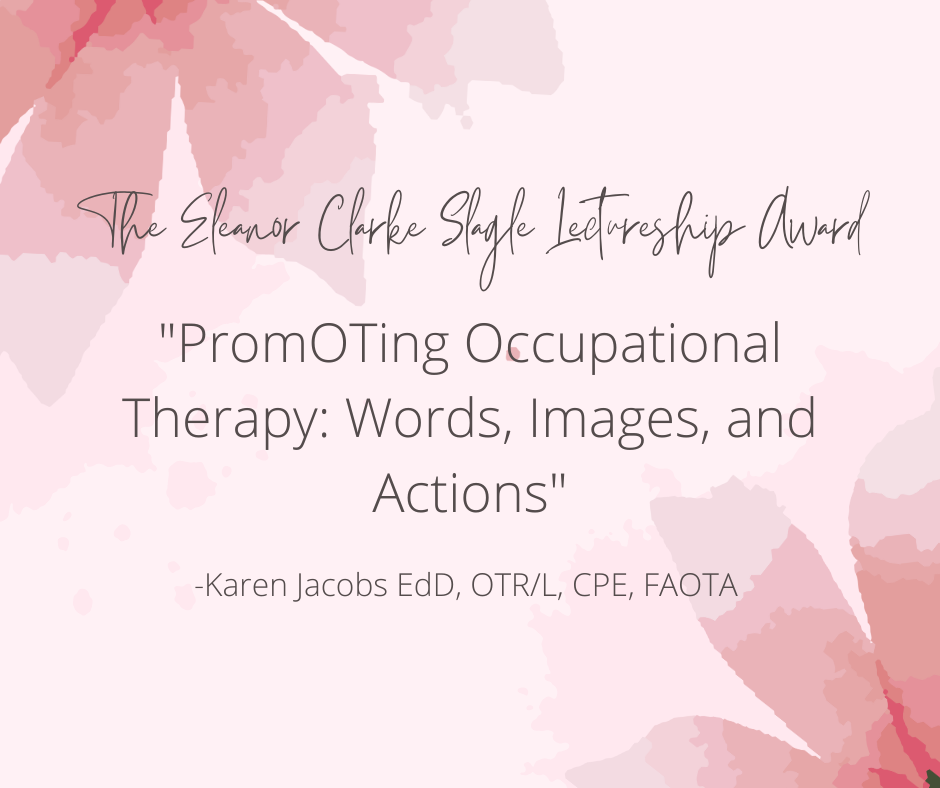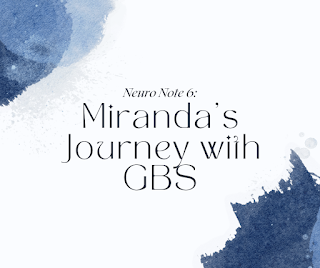Low Vision & OT
As an OT student, we were given the opportunity to apply for the Low Vision Award. This award would allow us to open doors into the specialty of low vision with occupational therapy. Three other classmates and I were rewarded with this award and were initiated into the Lion's Club. This club was connected to our Hamilton Eye Institute which is on campus. We attended monthly meetings that were with medical students and residents pursuing ophthalmology. Our faculty advisor who advised us within this club is a low vision specialist herself. During the beginning of our time being a member of this club, she approached the four of us about a client she was seeing who was receiving low vision services. The client's case was a special one, as he lost his vision from a surgical procedure. He could only see things from a certain vision level. It was a tricky case. We were still understanding how OT works and didn't know how to address our client's deficits. This was a challenge our advisor wanted us to face.
As there were four of us, we split into 2 groups and were given the opportunity to attend treatment sessions with our advisor. My classmate and I wanted to address sensory and fine motor skills with our client at first. From understanding our client and doing an occupational profile, we came to an understanding that he loved games. He was also a former architect, which is something we wanted to keep in mind when coming up with an intervention to use. We made a prototype of a big tic-tac-toe board and made our game pieces out of pipe cleaner and aluminum. It was interesting to watch how this intervention played out considering our client couldn't see. We learned to give him verbal cues and found ourselves referring to architectural terms when it came to giving directions so it could be a bit easier to understand.
After a few sessions of using our first prototype, my classmate and I decided it was time to level up. We developed a board that was easier to use and found pieces that were easier to identify. Our client had steady progress but had some decline occasionally when it came to motor planning. There were some days he would progress great, and some days when he would lose interest. Either way, we were motivated to find a way to keep our client interested and engaged. We decided to address these deficits differently, now by creating a puzzle.
We decided to create a puzzle and add a splash of OT with items that were all kinds of different textures. We identified the borders of the puzzle with small fuzz balls, inside borders were identified by pieces of straw, and the puzzle pieces themselves were identified by diamond stickers. We were able to give verbal cueing and used different terms to identify borders and sides of pieces to our client when it came to completing the puzzle. We saw better motor processing and planning as we continued with this intervention. He was able to identify different textures and understand the idea of where the pieces would fit best.
Our client also enjoyed other things such as music and storytelling. Some sessions ended with us asking Alexa to play his favorite songs and us clapping along to the beat and other times we would simply have a conversation. He loved being able to talk to us, which helped us build a healthy therapeutic relationship! Our time came to an end with our client, as our time in school is almost over, This was an opportunity I will always be thankful for as it exposed me to an area of OT I had not known was there before. I was able to play around with my creativity and was allowed the freedom to be able to lead a treatment session.
--
With the opportunity of being a Lion's Club member, my classmates and I were able to participate in events such as Examathon and Cataractathon. These opportunities gave us a better understanding of what goes on behind the scenes of eye surgeries. We saw a range of clients who had glaucoma, cataracts, cornea and refractive surgery, and much more. I loved being able to learn more about the eye itself and all that entails with the different types of diagnoses and surgeries. I can't wait to be able to apply this knowledge as an OT to future clients and understand more about low vision.







Comments
Post a Comment